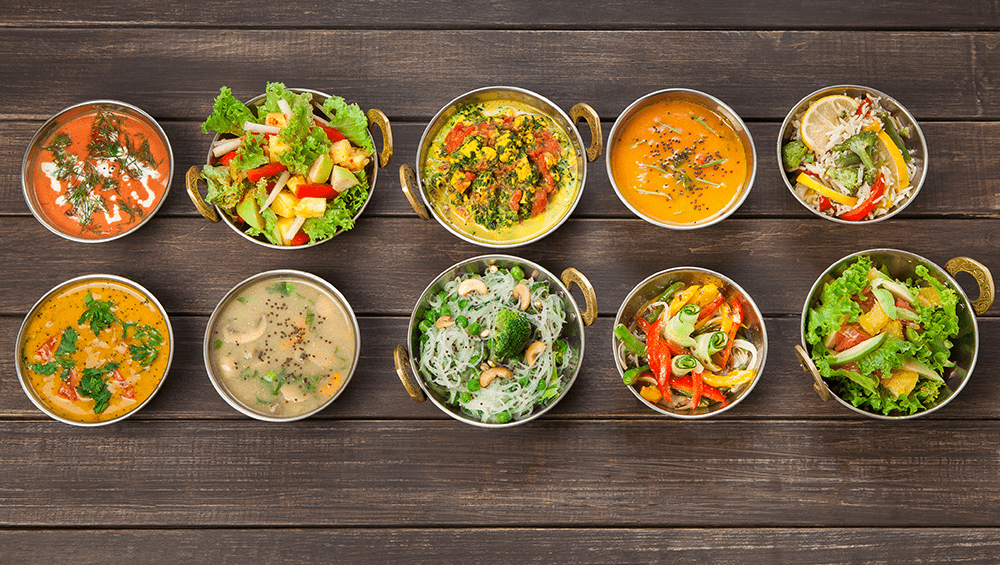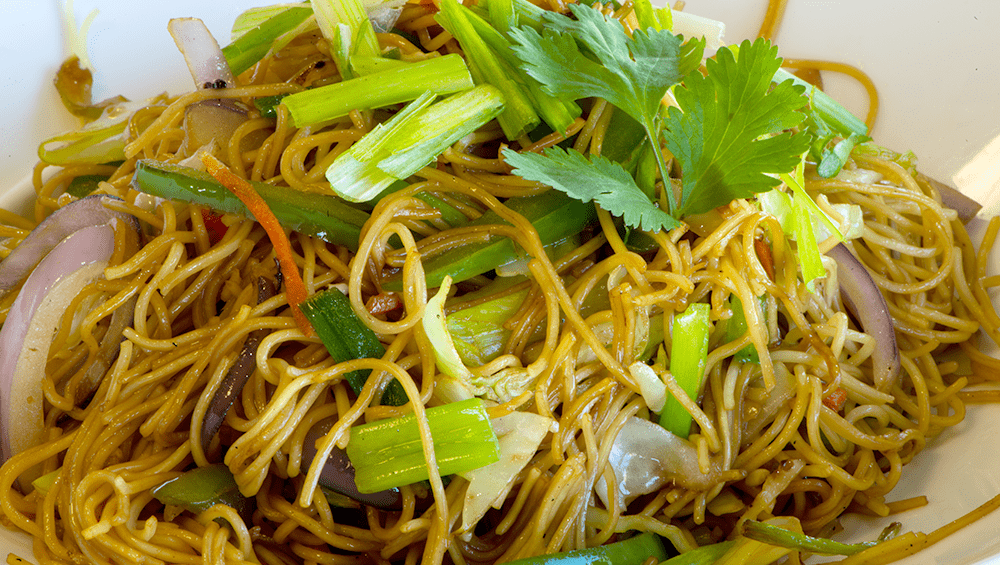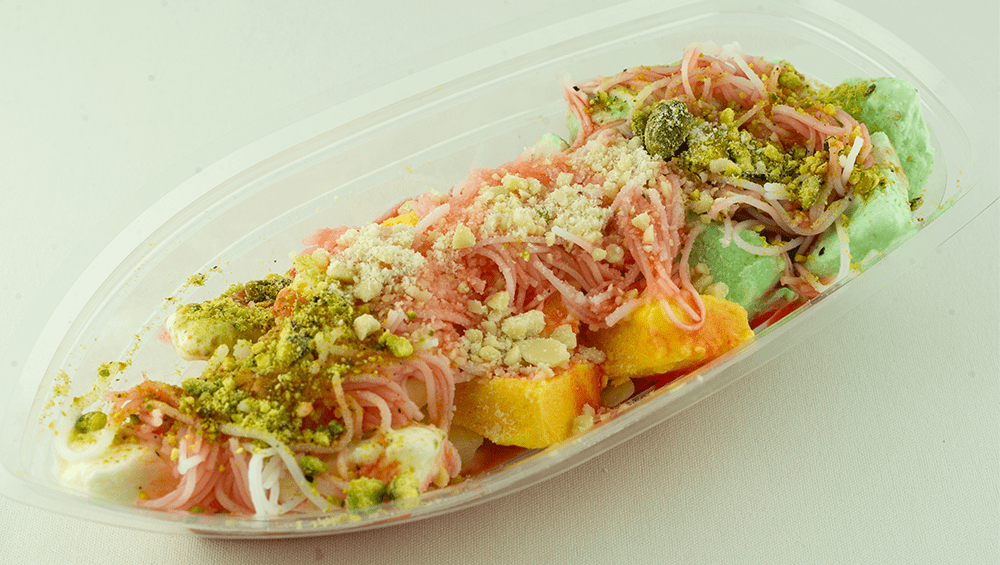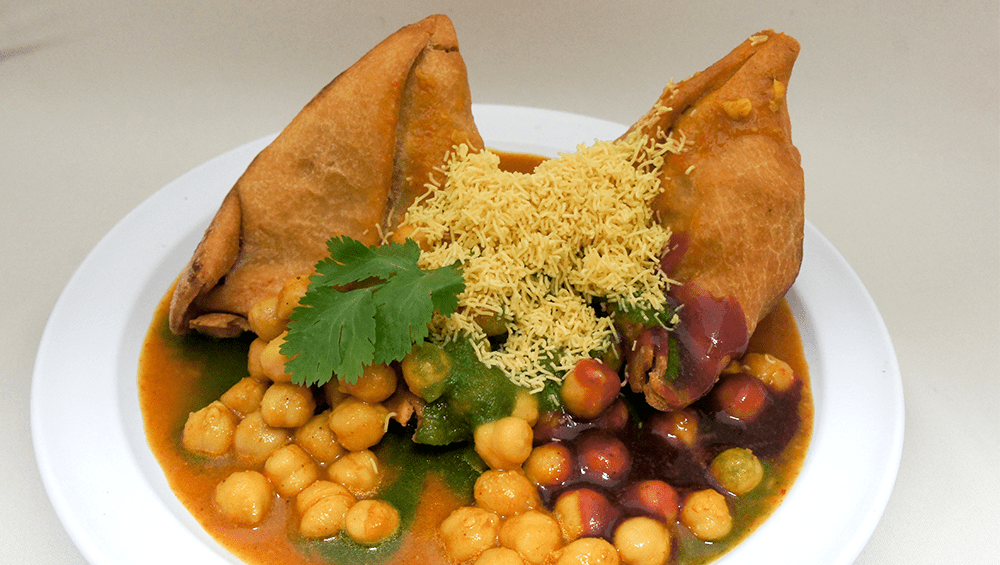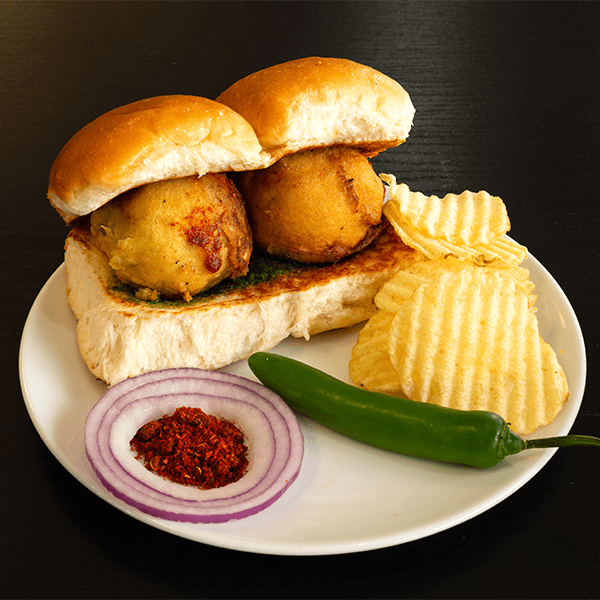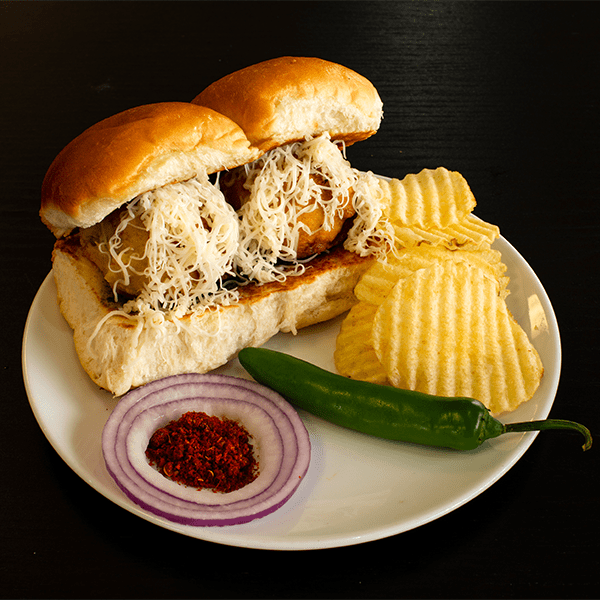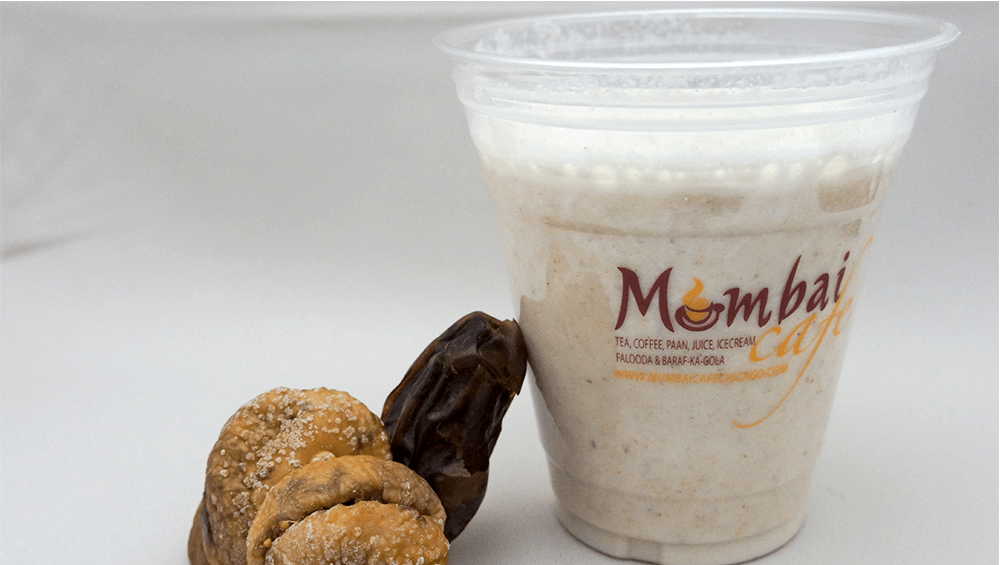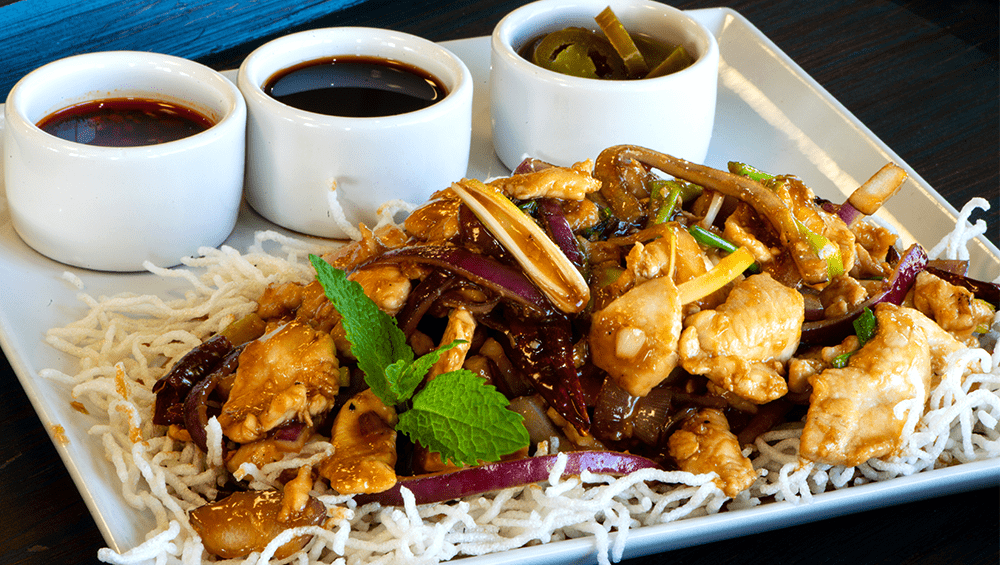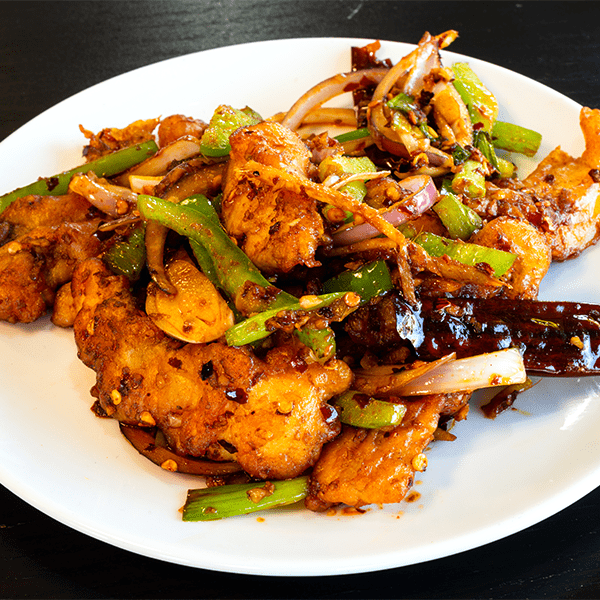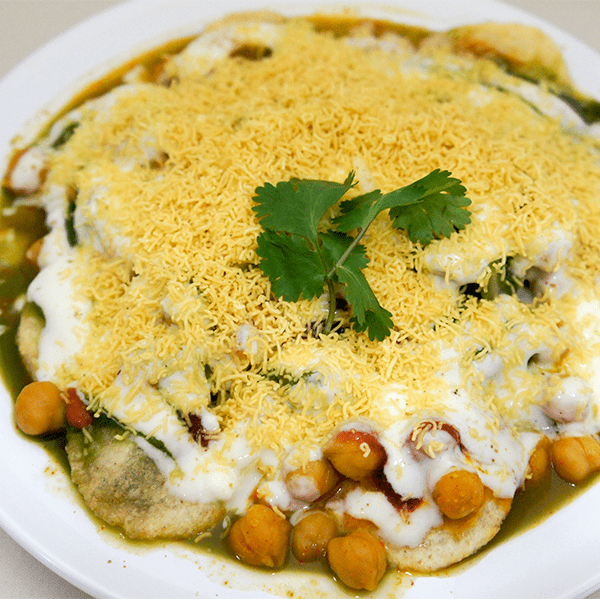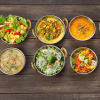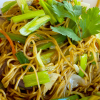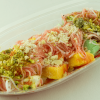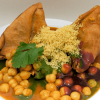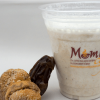Many Indian recipes were developed according to the laws and principles of nature, or dharma. These principles state that we are basically what we eat, as different foods affect our bodies in different ways. We eat to live, not live to eat, and there is both a right way and a wrong way to go about it.
Northern Indian cuisine is typically from the Punjab region of the country, otherwise known as the land of five rivers. The region has very fertile soil and ample means for irrigation. As a result, it is very rich in agriculture and is known as the “bread basket of India”. Punjab was partitioned into two provinces in 1947 when Pakistan was carved out of India. Hence the western portion is now an eastern province of Pakistan. Hence, the cuisine has quite the diversity when it comes to the way food is prepared. Sometimes the spices in each dish vary from one region to another, depending on migration and family tradition.
Restaurant food tends to be heavier and richer due to the generous use of fats such as oil and clarified butter, or ghee, whereas home-cooked meals are simpler and have more flavour. Local specialties to the Punjab region are a food lover’s dream. For example, makki di roti, a thick tortilla-like bread made of corn flour, or sarson da saag, a vegetable dish made of dark rapini-like leafy greens often served with the corn roti.
1. Indian Vegetarian Diet
The practice of a mainly vegetarian diet in Indian culture began thousands of years ago. It was evident in the sacred Vedic texts, which are ancient books of wisdom passed down through the ages. These texts support a meatless lifestyle, and are seen in Hindu tradition to be the first rule in obeying the will of a higher power.
In Hinduism, cows are considered to be a sacred animal. The slaughter of cows and the eating of their flesh is seen as taboo. The Rigveda text refers to the cow as a goddess. But there are other reasons behind a mainly vegetarian diet in Indian culture besides these religious principles.
Karma is defined as “the sum of a person’s actions in this and previous states of existence” and is viewed as “deciding their fate in future lifetimes.” In other words, what goes around comes around. Eating the flesh of another animal is seen as inflicting unnecessary pain and cruelty for your own gain, and has consequences for your life after this one.
Even though religion is the most prevalent reason for eating a vegetarian diet across India, there are other more practical reasons as well. A diet that restricts meat and is rich in fruits, vegetables and grains has been shown to lower the risk of certain ailments such as high blood pressure, high cholesterol and dental problems. It has also been shown to reduce or prevent certain cancers. In addition, the foods from this type of vegetarian diet are digested more quickly than meats, therefore providing the body with more energy.
2. Some key components of the Indian vegetarian diet
- Bread – Naan and roti are both traditional Indian breads made with wheat or flour, then cooked on a stove or in a tandoor.
- Rice – Rice has been a staple of vegetarian cuisine for centuries and can be flavored in a number of ways. Rice pilaf, biryani and kheer.
- Curries – Refers to gravies and vegetable dishes cooked in spices, and can vary by region.
- Fried – Savoury and sweet delicacies such as pakoras, samosas, poori, gulab jamun.
- Sweets – Typically made with milk, nuts, dried fruits and certain grain and bean flours.
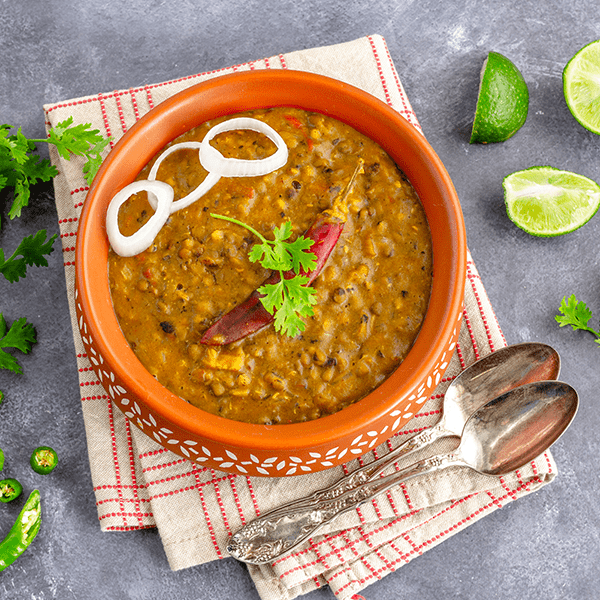
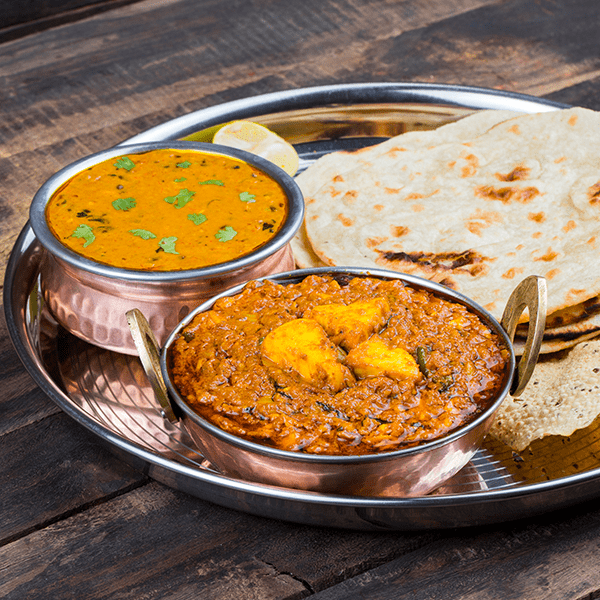
The only thing i like more than talking about food is eating.
3. Preparation Methods
One thing that makes Indian food so delightfully fresh and tasty is simply how it’s prepared. Below are some of the more common and traditional ways of cooking Indian food.
- Tandoori - While most people associate tandoori with spicy roasted dishes, tandoori simply refers to cooking in a tandoor, a metal or clay oven that is heated with wood or charcoal. It allows for slow heating and the long roasting times are essential to creating savoury vegetable or meat dishes, as well as breads such as naan and tandoori roti.
- Tawa – This is a large, flat metal pan used like a griddle for making flatbreads like roti, and can also be curved on the edges to hold meats or vegetables, quite similar to a wok.
- Fried – Foods fried in oils or clarified butter add a crispy crunch to vegetables, fish or meats which are first dipped in a spiced batter.
When it comes to Indian cooking, there is no right or wrong way to cook your meal. It is just a matter of becoming familiar with the spices and other ingredients, as well as the basic preparation methods. If you have the inclination to learn, we can help you to add some spice and sizzle by introducing you to a whole new selection of meal ideas for your culinary repertoire.
